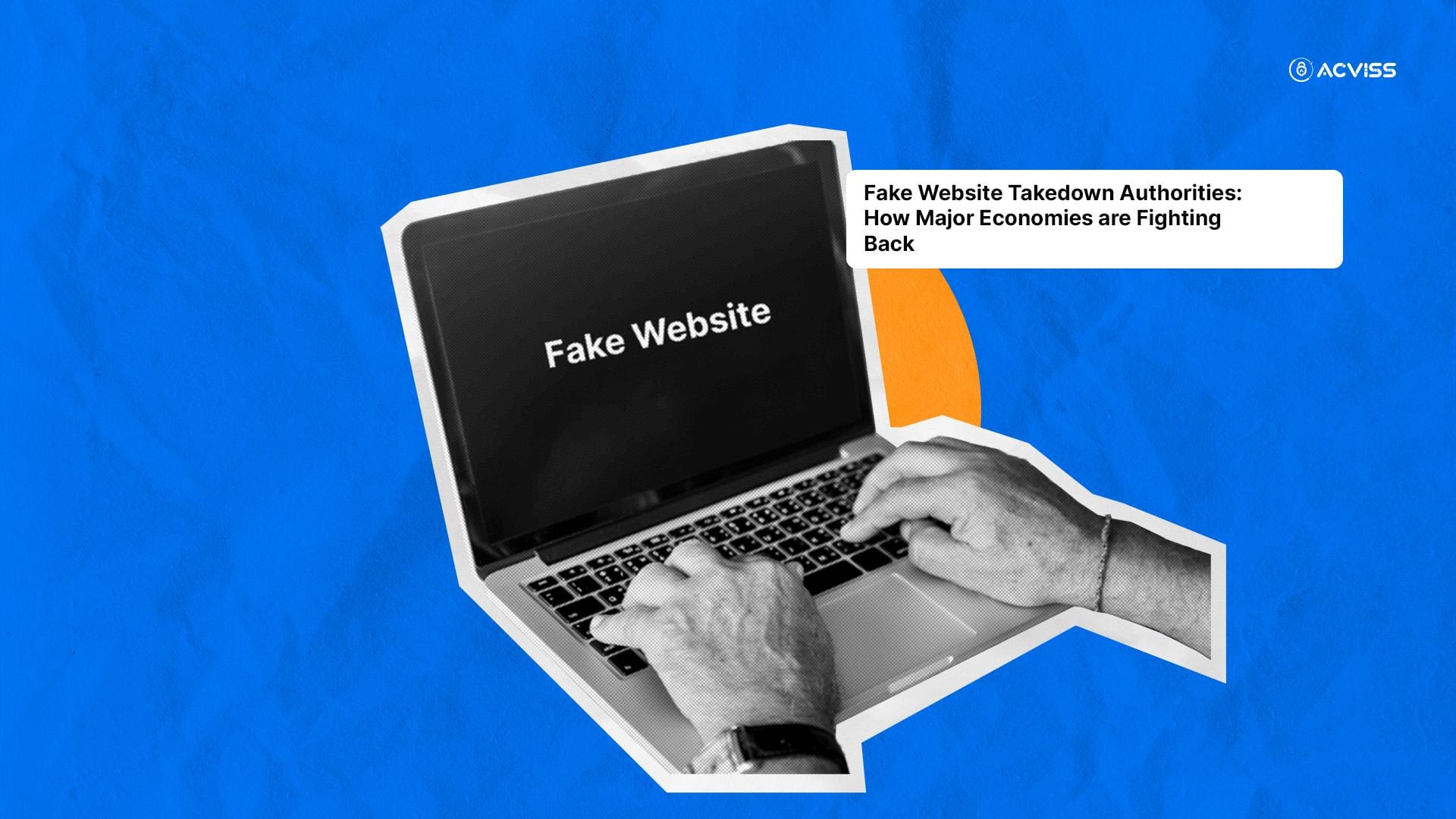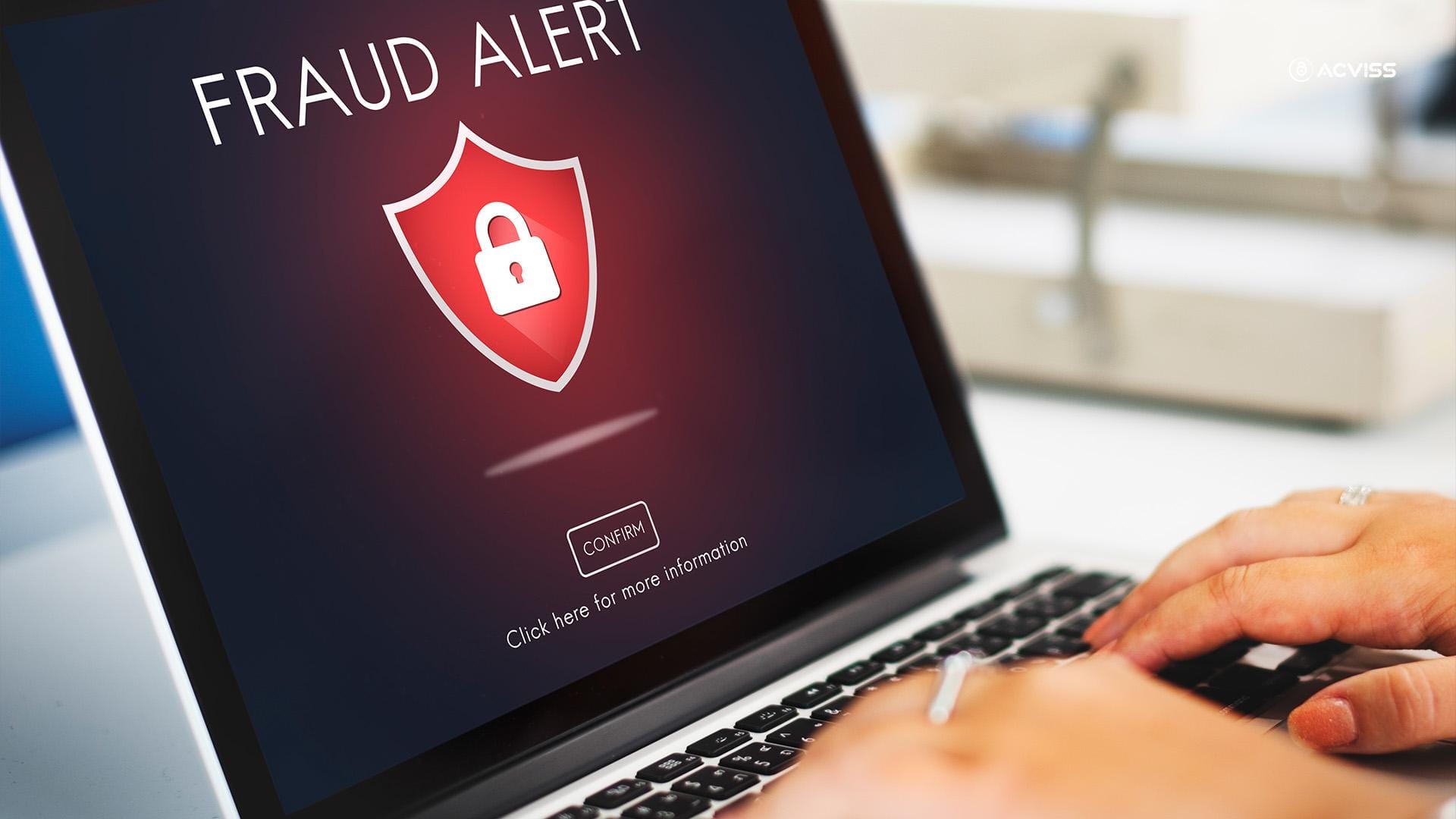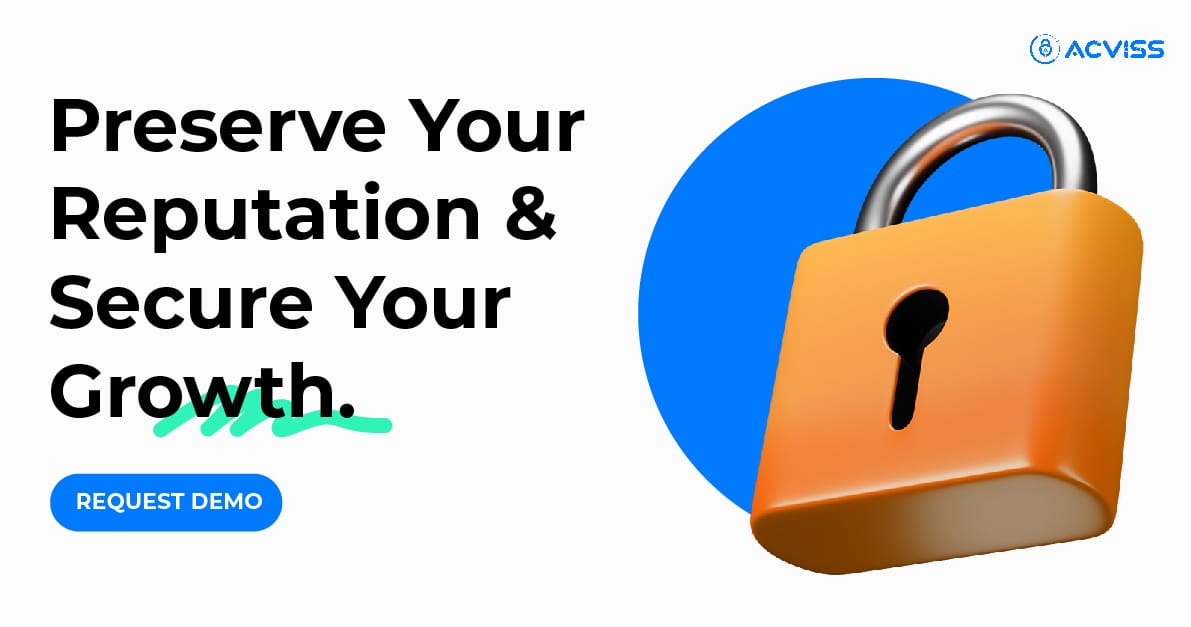Fake Website Takedown Authorities: How Major Economies are Fighting Back

Counterfeiters have always looked for cracks in the system. In the past, it was physical markets and grey distribution channels. Today, the digital world has given them a new stage. Fake websites that mimic legitimate brands are now among the biggest threats facing businesses, customers and the integrity of global commerce.
These fraudulent platforms don’t just sell counterfeits; they exploit trust, compromise personal data and cause long-term reputational harm. For brands, the challenge is clear: safeguarding customers online requires a structured approach that blends legal frameworks, takedown authorities and advanced online brand protection solutions.
This article explores how some of the world’s largest economies, including Brazil, are tackling the menace of fake websites. Along the way, we’ll examine the growing importance of product authentication, trademark protection and advanced technologies that can reinforce trust in the digital era.
Why Fake Websites are a Growing Threat
Every year, thousands of domains are registered with the sole intention of deceiving customers. They look authentic, borrow trademarks, copy logos and offer “too good to be true” discounts. Customers often end up purchasing counterfeit products or handing over sensitive financial details, which then fuels larger criminal networks.
For brands, the damage is multi-layered:
- Revenue loss due to diverted sales.
- Erosion of trust as customers associate bad experiences with the genuine brand.
- Weakening of supply chain management, as counterfeit goods circulate unchecked.
This is not merely a marketing or IT issue; it is a matter of intellectual property (IP) protection, consumer safety and international trade credibility.
How Takedown Authorities Operate

When a fake website is identified, brands or their legal representatives can request action from relevant authorities. This usually involves:
- Domain name registrars: These organisations control the registration of website domains. They can suspend or revoke fraudulent sites once trademark infringement is proven.
- Government agencies: Many countries have specialised IP protection bodies that handle online infringements.
- Judicial action: Courts often serve injunctions or orders to shut down persistent offenders.
However, effectiveness depends on the regulatory landscape of each economy. Let’s look at how major regions handle this.
United States and Europe: Established Mechanisms
The United States has long invested in tackling online IP crime. Agencies like the National Intellectual Property Rights Coordination Centre (IPR Centre) coordinate with Homeland Security Investigations and private organisations to enforce IP rights. Domain seizures and criminal prosecutions are relatively frequent.
In Europe, the European Union Intellectual Property Office (EUIPO) and Europol collaborate under initiatives such as the Intellectual Property Crime Coordinated Coalition (IPC³). These programmes focus on cross-border operations, recognising that counterfeit websites rarely stop at national borders.
Brands here also rely heavily on partnerships with private takedown specialists who can act faster than traditional legal channels.
Brazil: A Case Worth Watching
Brazil has emerged as a major economy where counterfeit websites have become particularly problematic. Its expanding digital commerce market, combined with consumer appetite for international brands, makes it a prime target for fraudsters.
The Brazilian authorities have started responding with stricter IP enforcement measures. The National Council to Combat Piracy and Intellectual Property Crimes (CNCP) works under the Ministry of Justice to address counterfeiting, including in the online sphere. Judicial actions in Brazil can mandate the takedown of websites, although the process may sometimes be slower than in the United States or Europe.
What is encouraging is Brazil’s openness to collaborations between public institutions and private anti-counterfeiting solutions providers. Many international brands operating in Brazil now rely on brand protection technologies that proactively detect fake websites, ensuring quicker intervention before customers are misled.
Asia-Pacific: A Patchwork of Regulations
The Asia-Pacific region is home to vast manufacturing hubs and some of the fastest-growing e-commerce markets. Here, takedown mechanisms vary significantly.
- China has strengthened its enforcement in recent years, with platforms like Alibaba investing heavily in IP protection systems.
- India has been improving its trademark protection enforcement, though court-led interventions remain the most reliable route for brands.
- Japan and South Korea operate strict IP laws, but still face challenges with websites hosted abroad.
For businesses, this fragmented landscape underscores the need for a comprehensive global brand protection strategy that integrates with track-and-trace systems and product verification technologies.
The Role of Online Brand Protection Solutions

While takedown authorities provide the legal foundation, technology bridges the crucial gap between detection and enforcement. Online brand protection platforms continuously scan the digital ecosystem, identifying fake domains, counterfeit listings and even fraudulent social media ads.
Solutions like these rely on artificial intelligence and machine learning to:
- Monitor thousands of domains and platforms in real-time.
- Detect infringements of trademarks and logos.
- Provide brands with actionable reports to initiate takedown processes.
For instance, Truviss leverages advanced algorithms to identify and flag fake websites, giving brands visibility across the internet. This enables quicker action, better customer protection and stronger long-term brand authentication.
Building Trust with Product Verification and Authentication
At the heart of tackling counterfeit websites lies one crucial factor: trust. Customers must have the means to confidently verify whether they are engaging with a legitimate source.
This is where product traceability and product authentication technologies intersect with online brand protection. By offering customers the ability to validate purchases through secure, non-cloneable codes or blockchain-powered track and trace systems, brands reinforce their credibility both online and offline.
Trademark protection, combined with proactive product verification mechanisms, creates a layered defence. It ensures that even if counterfeit websites appear, they fail to convince informed customers.
Why Brands Cannot Afford to Ignore the Problem

The fight against fake websites is not optional. Brands that hesitate risk losing not only immediate revenue but long-term customer loyalty. In highly competitive sectors such as luxury goods, pharmaceuticals, food and beverages, and automotive parts, the cost of inaction can be devastating.
Moreover, regulatory authorities worldwide are placing greater responsibility on companies to safeguard their intellectual property. Ignoring counterfeit websites may not only harm the brand but also expose it to compliance challenges.
Looking Ahead: Towards a Safer Digital Marketplace
As digital commerce continues to grow, so will the sophistication of counterfeiters. Authorities in major economies are stepping up, but enforcement is often reactive. The future belongs to proactive strategies that combine:
- Stronger government-led frameworks.
- Collaboration between international authorities.
- Deployment of cutting-edge brand protection solutions.
Brands must recognise that protecting their identity online is just as vital as securing their supply chains. From track and trace systems to product authentication, the scope of anti-counterfeiting solutions is expanding, and businesses that embrace them will stay ahead of threats.
Conclusion
Fake websites are no longer isolated nuisances; they represent a global risk to brand integrity, customer safety and the wider economy. While takedown authorities in the United States, Europe, Brazil and Asia-Pacific are making progress, the fight demands a holistic approach.
By combining legal enforcement with online brand protection solutions and product authentication technologies, companies can ensure robust IP protection and preserve consumer trust. Interested to learn more? Get in touch with us today.
